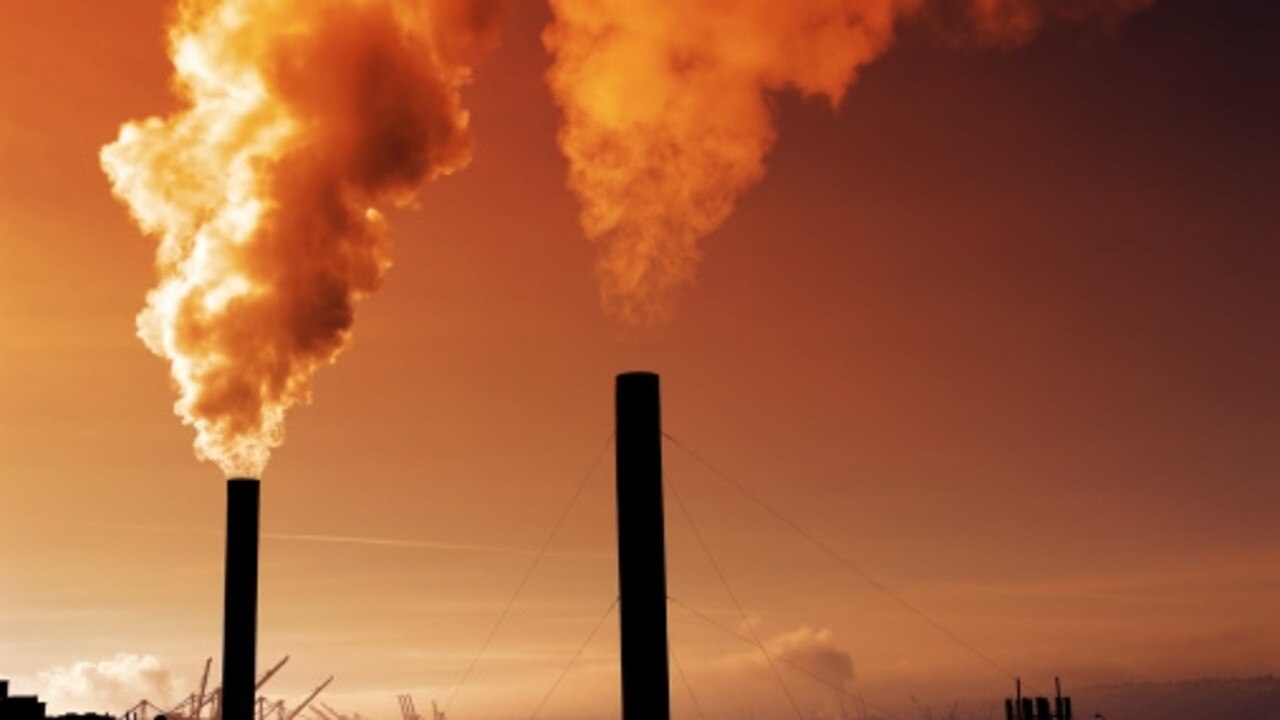Add another $400m to the cost of Paris: Australia under pressure for more GCF dollars
The Global Climate Fund wants a commitment now on another $400 million from Australia to keep global climate finance afloat.

Australia has been called to immediately commit a further $400 million to replenish a Green Climate Fund to help developing countries cope with the impacts of climate change.
This could increase to billions of dollars each year as the nation’s “fair share” contribution to a promised $US100 billion ($AU137 billion) a year in global climate finance that was considered crucial to delivering the Paris Agreement.
A new funding template published by World Resources Institute said Australia should be the sixth biggest donor to the GCF despite being responsible for only 1.8 per cent of global greenhouse gas emissions.
Treasurer Josh Frydenberg said the government had no plans to increase its funding.
The formula was developed by former GCF board member, Jacob Waslander who said replenishment of the fund should be based on “objective criteria”.
The suggested formula uses national income, share of cumulative greenhouse gas emissions between 1850 and 1990 and the current level of emissions per capita.
According to this calculation, Australia should contribute 4.25 per cent of funds to the GCF, behind the United States, UK, Japan, Germany and Canada.
Australia’s share of funding should be bigger than France, Italy, Spain and the Netherlands. New Zealand should be responsible for 1.08 per cent.
Climate finance remains a key issue to be resolved if the rules governing the Paris Agreement were to be finalised at a meeting in Poland in December this year as scheduled.
The Green Climate Fund has been in turmoil with a breakdown in decision making and the resignation of the chief executive, Australian, Howard Bamsley, in June.
The United States which has been ranked as responsible for 45 per cent of funding by the WRI model has delivered only $US1 billion ($AU1.37 billion) of its initial $US3 billion ($AU4.13 billion) pledge.
Donald Trump has said the United States would not make further contributions but the US had remained engaged in GCF board negotiations.
Mr Waslander said three issues needed to be urgently resolved for the GCF to work effectively.
They were confidence that promised money would arrive, the effectiveness of the GCF board and the way in which board members were selected and who they should account to.
The WRI formula would indicate Australia’s liability for a $US100 billion ($AU 137 billion) a year of climate funding to developing countries could be as much as $4 billion ($AU 5.5 billion) a year.
However, not all of the $US100 billion a year would be delivered through the Global Climate Fund and other countries were being pressured to contribute, possibly reducing Australia’s share.
This would include major emitters such as China, G20 member nations and wealthy Middle Eastern nations such as Qatar.
Contributions from these countries would be voluntary.
According to DFAT, Australia had invested more than half of a commitment made in 2015 to spend $1 billion over five years to support developing countries build climate resilience and reduce emissions.
This included $300 million over four years for climate action in the Pacific.
A spokesman for DFAT said Australia had contributed $200 million to the Green Climate Fund between 2015 and 2018.
“The fund has yet to start discussions on replenishing its finances,” the spokesperson said.
“Australia will consider possible further contributions to the Green Climate Fund through the course of replenishment negotiations,” they said.




